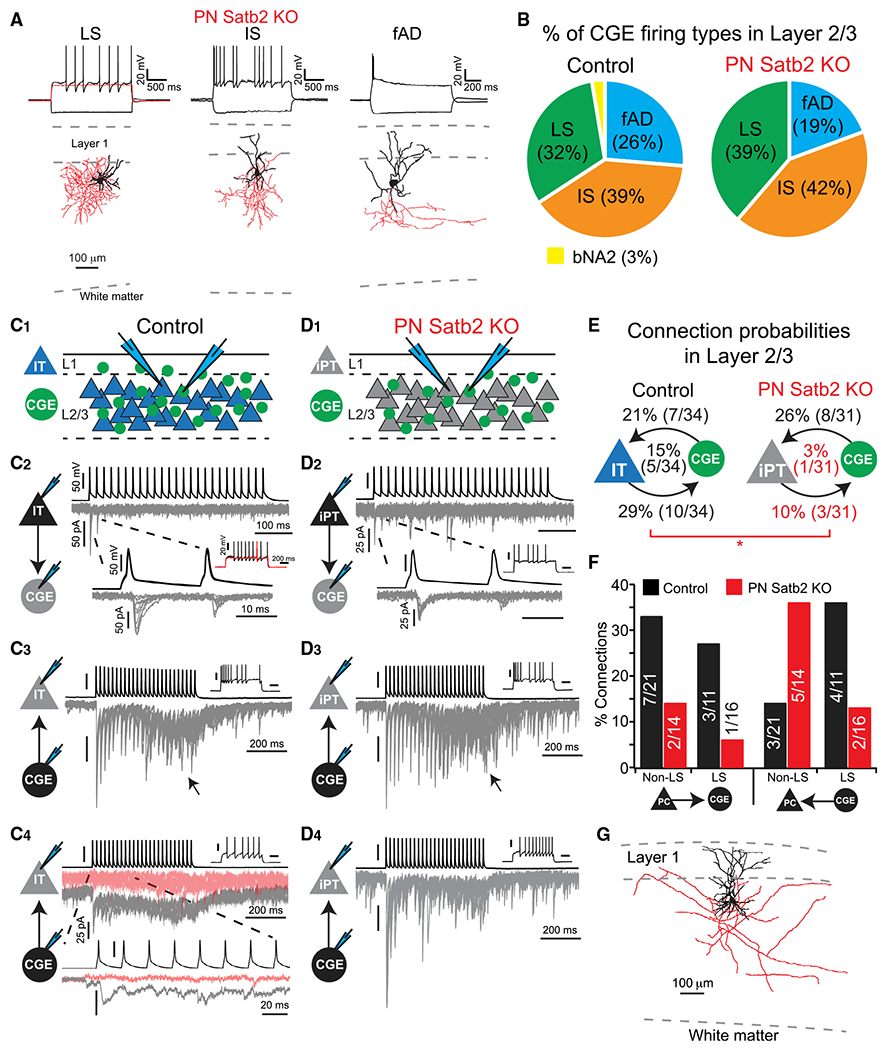Figure 4. Loss of IT-Type Identity Disrupts Synaptic Connectivity between PNs and CGE-Derived INs in the Superficial Cortex.

(A) CGE INs in the superficial cortex of cKO mice: late spiking (LS) neurogliaform, irregular spiking (IS) and fast adapting (fAD) bi-tufted. LS cell red trace: depolarizing Vm ramp. Dendrites and soma in black, axon in red.
(B) Percentage of IN firing types. Control (n = 38 cells) versus cKO mice (n = 31 cells). bNA2, burst nonadapting 2.
(C) Paired whole-cell recordings of synaptic connections in control mice. (1) Recording configuration. (2) PN-to-IN; postsynaptic LS IN. (3) IS-type IN-to-PN. Arrow: asynchronous transmitter release. (4) LS-type IN-to-PN synaptic connection. Gray traces: first 5 trials; pink traces: subsequent failures. Scale bars correspond to (2) unless otherwise noted. 10 overlaid trials in each.
(D) Paired whole-cell recordings of synaptic connections in Satb2 cKO mice. (1) Recording configuration. iPT = induced-PT. (2) PN-to-IN; postsynaptic IS IN. (3) IS-type IN-to-PN. Arrow: asynchronous transmitter release. (4) LS-type IN-to-PN synaptic connections lack failures after many trials (cf. Figure 4C4). Scale bars correspond to (2) unless otherwise noted. 10 overlaid trials in each.
(E) Connection probabilities (reciprocal in middle). Satb2 cKO PNs denoted iPT. *p < 0.05, χ2 test.
(F) Connection probabilities by IN firing type.
(G) Reconstructed Satb2 KO PN. Dendrites and soma in black, axon in red.
